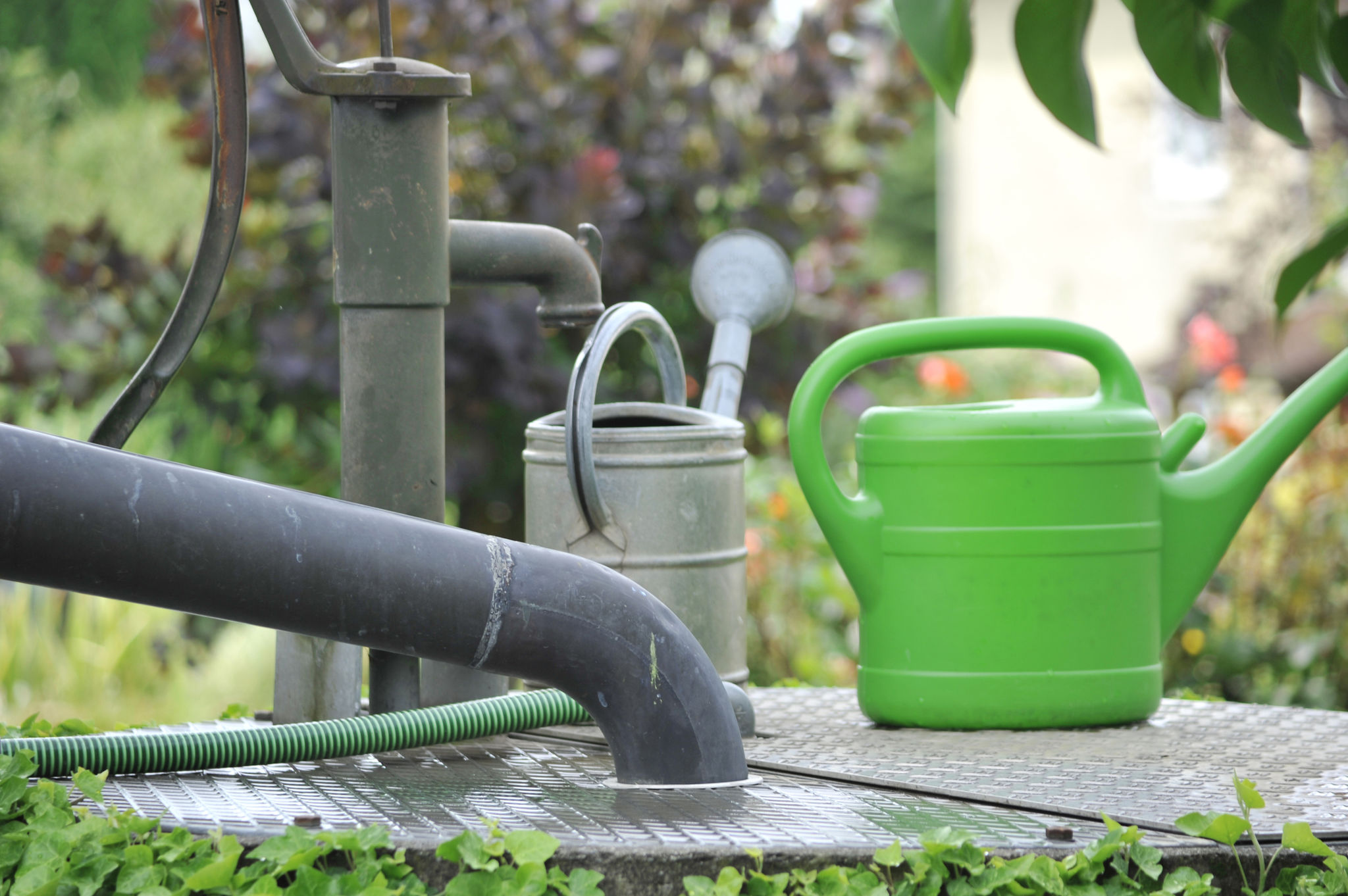Step-by-Step DIY Guide to Installing a Bio-Swale
Understanding Bio-Swales
Bio-swales are sustainable landscape elements designed to concentrate and convey stormwater runoff while removing debris and pollution. They are an effective, eco-friendly solution for managing water in urban areas, reducing the burden on sewer systems, and enhancing the aesthetic appeal of landscapes. Installing a bio-swale can be a rewarding DIY project for homeowners looking to contribute to environmental conservation and improve their property’s drainage.
A bio-swale functions by slowing down water flow, allowing it to seep into the ground while filtering out pollutants. This process helps reduce erosion and prevent flooding. With some basic tools and materials, you can create a functional and beautiful bio-swale in your backyard.

Planning Your Bio-Swale
The first step in installing a bio-swale is planning its location and design. Identify low-lying areas in your yard where water naturally collects. Ensure that the bio-swale is positioned to direct water away from building foundations and other structures. It's essential to consider the slope of your land, as the bio-swale should have a gentle slope for optimal water flow.
Measure the length, width, and depth of the area where you plan to install the bio-swale. Generally, a depth of 6 to 12 inches is sufficient for most residential applications. Sketch a design that includes the swale's path and any additional features like rocks or plants that will enhance its functionality and appearance.
Gathering Materials and Tools
Once you have a plan in place, gather the necessary materials and tools. You will need:
- Shovels and spades
- Wheelbarrow
- Landscape fabric
- Gravel and sand
- Native plants
- Compost or topsoil
The choice of plants is crucial for the success of your bio-swale. Opt for native plants that are well-suited to wet conditions, as they will help absorb water and filter pollutants effectively.

Constructing the Bio-Swale
Begin by marking the outline of your bio-swale on the ground. Use a shovel to dig along the marked area, creating a trench according to your planned dimensions. Ensure that the sides of the trench have a gentle slope to facilitate water flow.
Once the trench is dug, lay landscape fabric along the bottom and sides to prevent soil erosion. Add a layer of gravel and sand at the base of the trench to aid in drainage and filtration. On top of this layer, spread compost or topsoil to create a fertile planting bed.
Planting and Finishing Touches
With the base prepared, it’s time to plant your chosen vegetation. Arrange the plants along the length of the bio-swale, ensuring they are spaced evenly to maximize their effectiveness in absorbing water. Water the plants thoroughly after planting.

Finally, add any decorative elements like rocks or stepping stones to enhance the appearance of your bio-swale. These features can also help slow down water flow and increase infiltration.
Maintaining Your Bio-Swale
Regular maintenance is crucial to keep your bio-swale functioning effectively. Periodically check for debris or sediment buildup and remove any blockages that may impede water flow. Trim plants as needed to maintain their health and appearance.
Over time, as plants mature and establish deeper root systems, your bio-swale will become even more effective at managing stormwater runoff and improving water quality.
By following these steps, you can successfully install a bio-swale that not only enhances your landscape but also contributes positively to the environment. Enjoy the satisfaction of knowing you have taken an active role in sustainable living!